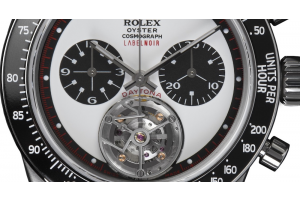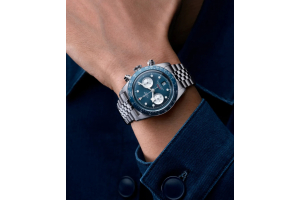We use cookies to make your experience better. To comply with the new e-Privacy directive, we need to ask for your consent to set the cookies. Learn more.
The Five Biggest Enemies of Mechanical Watches Every Watch Owner Should Know
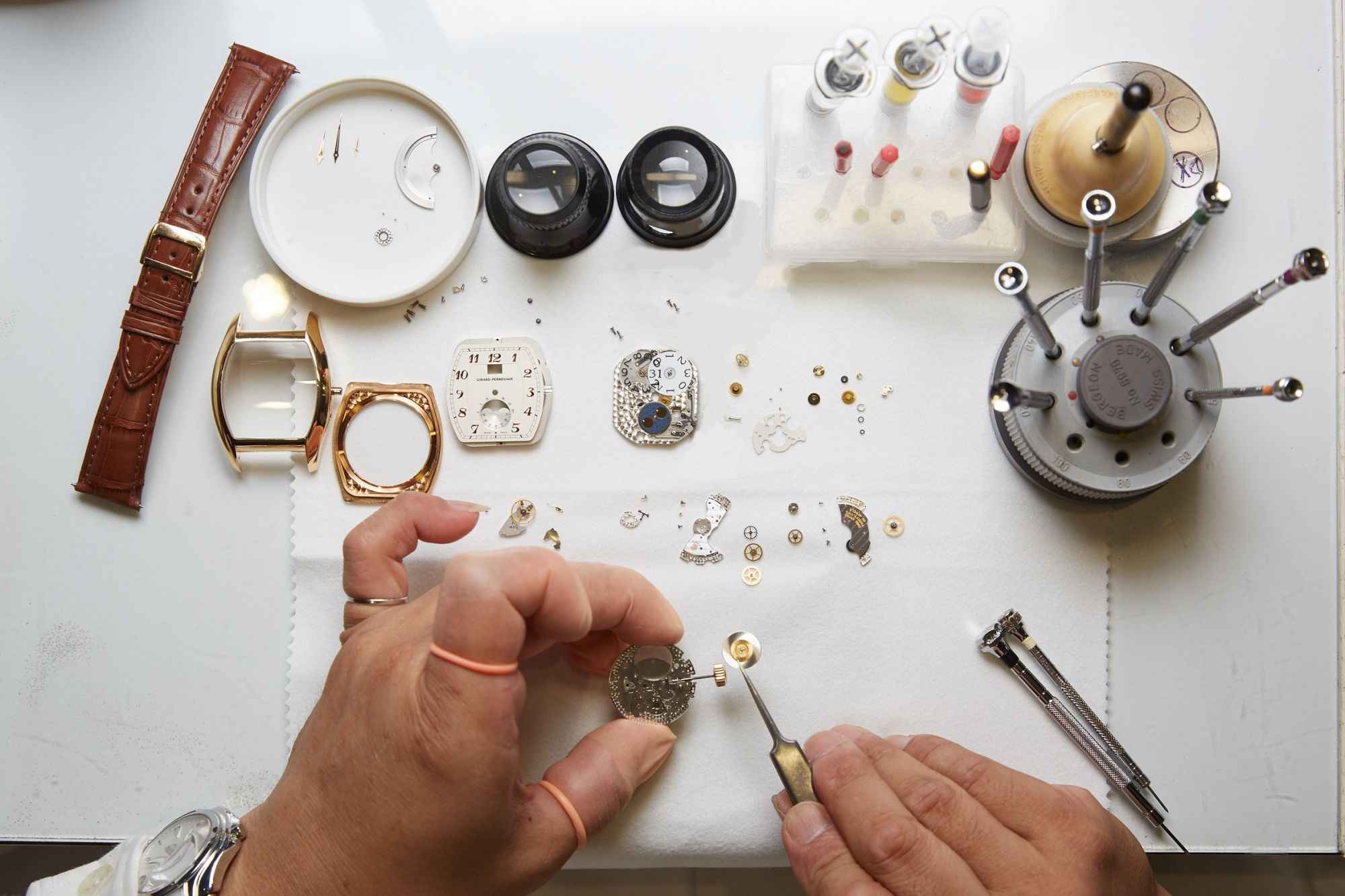
“No one ever really owns a Patek Philippe. You merely look after it for the next generation.” This iconic slogan from the renowned luxury watch brand Patek Philippe encapsulates the timeless allure of mechanical watches. These timepieces are more than just tools for telling time—they are works of art. With intricate components and proper care, they can last for decades, even centuries, becoming heirlooms passed down through generations. However, several factors can affect the operation of mechanical watches, potentially causing them to stop. Here, we’ll explore the common “enemies” that might threaten your beloved timepiece.


Enemy #1: Water and Moisture
Water is everywhere, and even daily activities like washing your hands or getting caught in the rain can expose your watch to moisture. While modern watches boast impressive water resistance, with many dress watches offering basic protection and sports watches going up to 100 meters, and dive watches exceeding 300 meters, the reality is that much of this water resistance depends on the watch’s seals. These seals, often made of rubber, can deteriorate over time, compromising the watch’s ability to keep water out. It’s recommended to check your watch’s water resistance every two to three years, or annually if it’s frequently exposed to water. Once water seeps into the movement, it can cause rust, oxidation, and serious damage. So, remember: no matter how water-resistant your watch is, never wear it in a sauna!
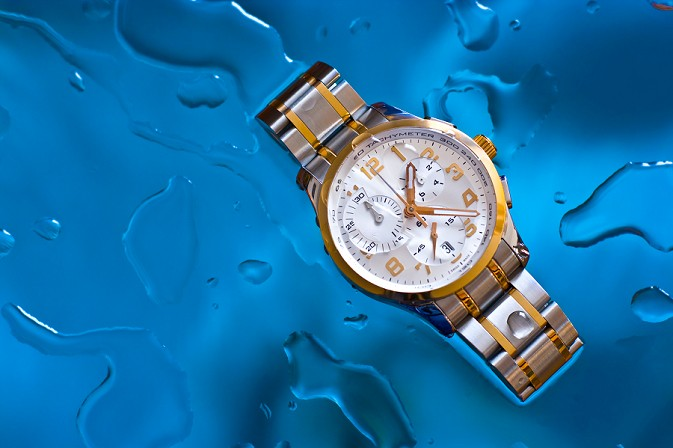

Enemy #2: Magnetic Fields
If your mechanical watch suddenly starts running fast—jumping from a daily variation of a few seconds to several minutes—it might have been magnetized. Magnetic fields are all around us, generated by speakers, computers, televisions, and even your mobile phone. Although the magnetic fields from most household electronics aren’t strong enough to affect a watch, those working in environments with strong magnetic fields, like hospitals or power plants, should consider investing in a watch specifically designed to resist magnetism. The Rolex Milgauss, for instance, is renowned for its exceptional anti-magnetic properties, capable of withstanding magnetic fields up to 1,000 gauss. This model combines both functionality and style, making it a preferred choice among professionals exposed to high magnetic fields. If your watch does get magnetized, don’t worry; a simple demagnetization procedure at a professional service center can fix it in seconds.
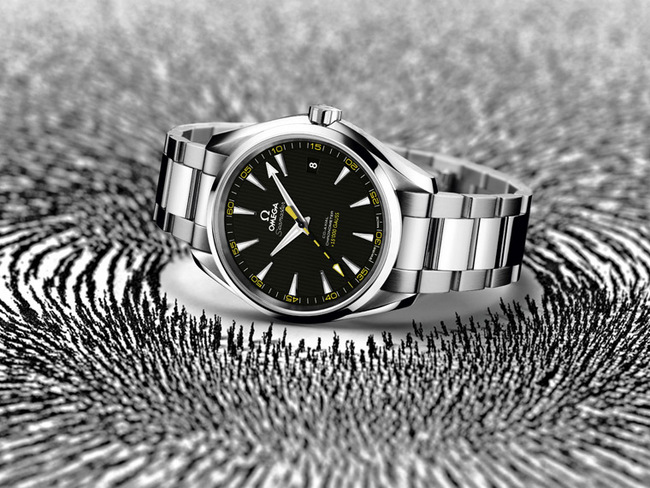

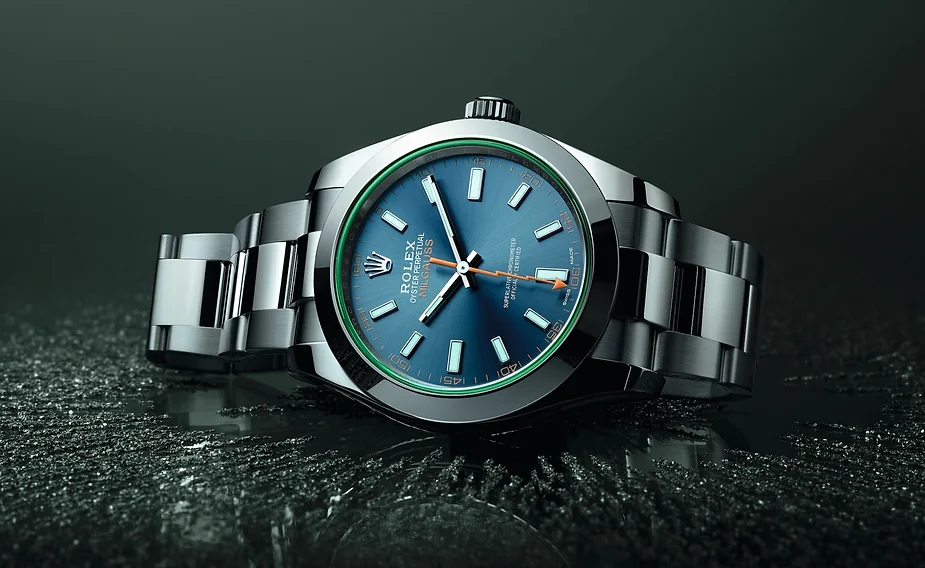

Enemy #3: Shock and Impact
Everyday actions like closing doors or swinging your arms might subject your wrist to minor vibrations, but these are usually accounted for in a watch’s design and won’t cause damage. However, dropping your watch is a different story. Even a fall from a height of just one meter can cause serious damage to the movement, potentially breaking the balance staff. To avoid such accidents, always be mindful when wearing your watch, and consider using a strap with a deployant clasp to reduce the risk of dropping it. Also, refrain from wearing your watch during sports, especially those involving intense physical activity like golf or tennis, as even a small impact can damage a delicate timepiece.


Enemy #4: Temperature
Temperature, or more specifically, temperature fluctuations, can also be detrimental to mechanical watches. Most mechanical watches are made of metal, and while some alloys can withstand temperature changes, extreme variations can cause the metal components to expand or contract. This can affect the movement’s accuracy and the watch’s water resistance. To avoid such issues, try not to expose your watch to rapid temperature changes, especially when the difference is more than 15 degrees Celsius, as this could have a significant impact on your watch’s performance.
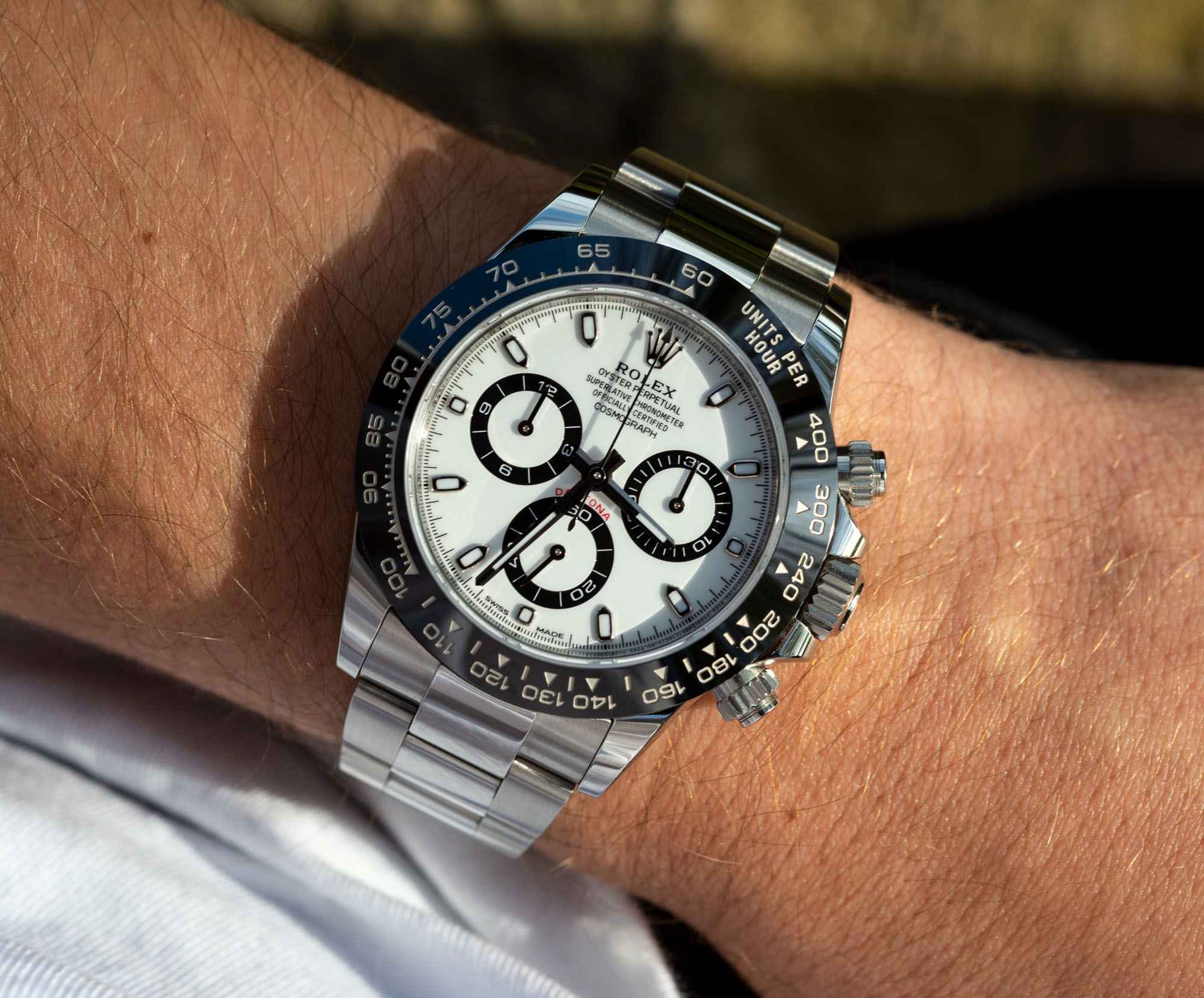

Enemy #5: Lack of Maintenance
Just like a car, a mechanical watch needs regular maintenance to keep it running smoothly. The gears and other moving parts inside a watch experience friction, which requires lubrication to minimize wear and maintain efficiency. However, lubricants can dry out over time, forming residues that could damage the movement if not addressed. Regular servicing is crucial—typically every 3 to 5 years, depending on usage. Even if your watch isn’t worn frequently, it’s good practice to wind it once a month to keep the gears moving and the lubricant in good condition.
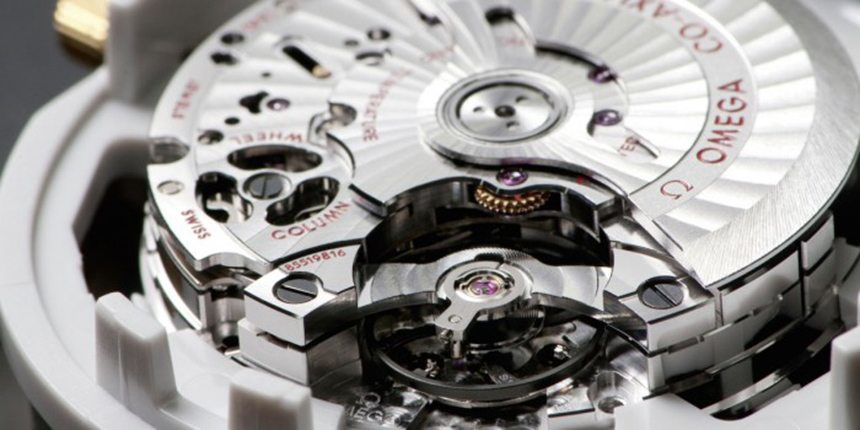

These are the common enemies of mechanical watches. By understanding and avoiding them, you can ensure your watch remains a treasured piece, ready to be passed down to future generations.





